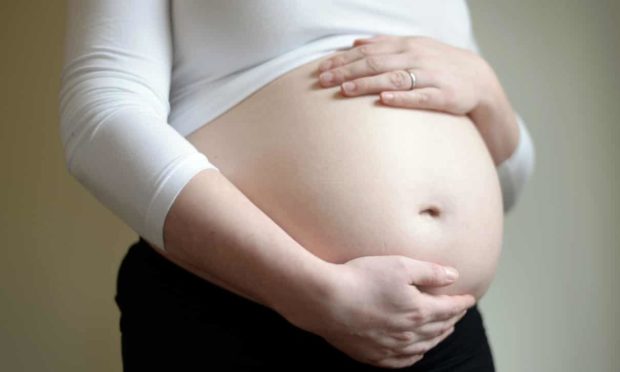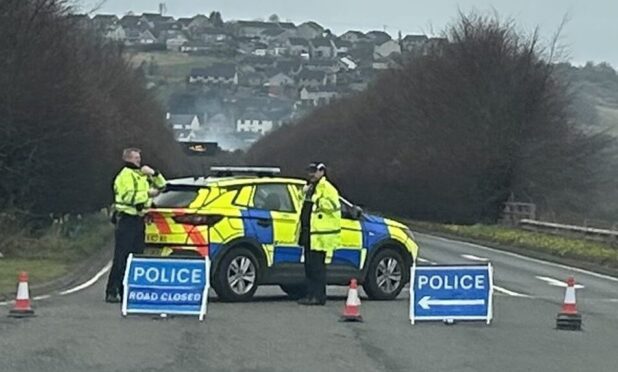Fife has the highest rate of teenage pregnancy of all of Scotland’s health board, areas, although the national figures are at the lowest level since reporting began.
The latest Scottish Government statistics for 2018 show there were 29.6 teenage pregnancies per 1,000 women across the country, down from 30.2 in 2017 and 54.7 in 1994.
NHS Fife had 360, down from 10 the previous year, which equates to 36.7 teenage pregnancies per 1,000 women, down from 37 in 2017.
NHS Tayside’s rate fell from 410 to 371, or the equivalent of 36.5 per 1,000 women to 33.5.
Nationally, the gap between rich and poor has also reduced, with the rate for those living in the most deprived areas decreasing from 87.4 per 1,000 women in 2009 to 56.8 in 2018 and the rate for those in the least deprived areas dropping from 21.9 to 12.2 respectively.
Public health minister Joe FitzPatrick said he was encouraged to see the national figures fall for the 11th successive year.
“This reflects the dedicated work of education, health and community services in giving young people more choice, support and advice,” he said.
“I’m particularly pleased that the gap in teenage pregnancy rates between the most and least deprived areas is narrowing too.”
He said the government was continuing work to implement its Pregnancy and Parenthood in Young People Strategy, focusing on supporting young people who are vulnerable to pregnancy in key areas including education and attainment, training and employment and emphasising the importance of positive relationships to help them to achieve their potential.
Since 2010, the Family Nurse Partnership programme has offered direct support to young, first time mothers and their families from pregnancy until their child reaches two.
Heather Bett, NHS Fife’s clinical services manager, said: “Teenage pregnancy is an ongoing issue that can contribute to poverty and inequality in our communities.
“We’ll continue to focus on work developing young people’s confidence and helping them make good life choices.”
She said Fife Health and Social Care Partnership worked with a number of organisations to deliver a range of sexual health training courses, providing opportunities to front line workers. Sexual Health Fife also operates a condom distribution scheme, while the school nursing service offers condom distribution at high school health zones.
“The majority of young people who attend our health zones come to talk about sexual health,” added Ms Bett.
“Our nurses are highly skilled and support advising young people to delay starting any sexual relationship.”










